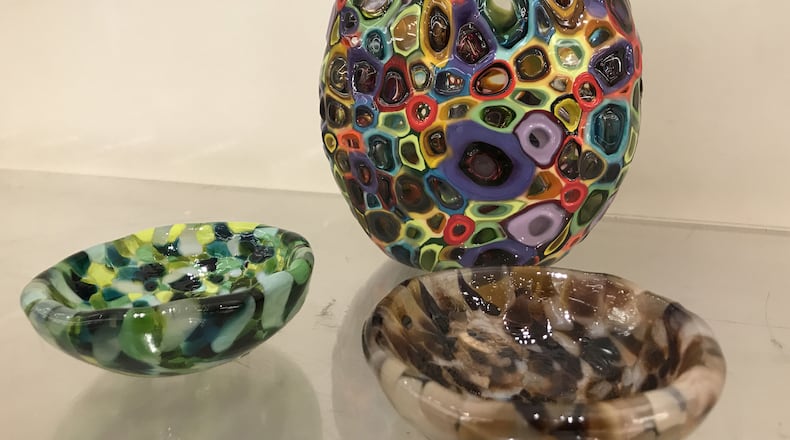When designers look to infuse color into a space, glass isn’t typically their first choice. While glass can lend itself to multiple applications, glass is often viewed as too transparent a medium to use to add color to a space. However, if one selects the right glass pieces, glass can not only add color, but also interest and dimension to a space as well.
If considering decorating with glass, here are some overall do’s and don’ts.
DO:
Consider using glass objects of all one color. This can help to make a powerful color statement.
Consider incorporating other glass decorative pieces in your space such as lighting.
Mix opaque glass with glass selections that may be more transparent.
Consider using warm tones of glass such as amber.
Use interesting shapes of glass, such as those that may have objects embedded within the glass or interesting and unusual shapes and sizes. Blown glass lends itself to a large array of possibilities.
DON’T:
Be afraid to use more than one glass item together in the same vignette. Sometimes decorative glass items placed in a series can be a powerful presentation.
Use too many clear or transparent surfaces. They will likely vanish amongst your decor.
Place glass decorative objects on a glass surface. To really highlight your decorative glass items, placement on a solid surface such as wood or stone is best.
Forget white and black are colors. White or glass decorative selections can blend well with other colors in space without clashing.
Overlook the power of investing in quality pieces of decorative glass. Nearly all high-end glass is created by the hand of a skilled artisan and should stand the test of time without being trendy.
———
Cathy Hobbs, based in New York City, is an Emmy Award-winning television host and a nationally known interior design and home staging expert with offices in New York City, Boston and Washington, D.C. Contact her at info@cathyhobbs.com or visit her website at www.cathyhobbs.com .
About the Author
Keep Reading
The Latest
Featured


